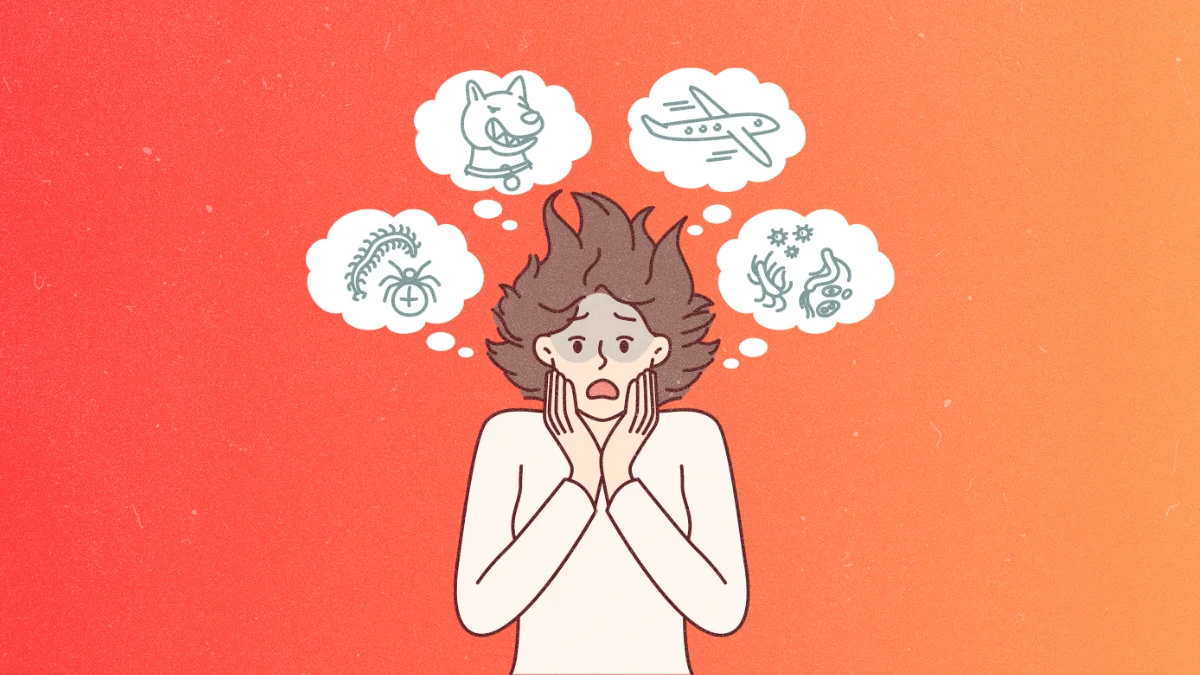Positive Affirmations for Dread may sound like an oxymoron at first glance. How can one find positivity when ensnared by the icy grip of dread? Yet, herein lies the magic of transformation.
Imagine you’re walking through a dense fog, each step uncertain, when suddenly, you stumble upon a lantern. These affirmations are like that lantern, a beacon of light guiding you through the mist, whispering courage into the heart of your fears.
Let’s embark on this journey together, transforming dread into a landscape where each step forward is a victory, a testament to your resilience.
Welcome to the path of light, where dread does not dictate the journey, but rather, where your inner strength redefines it.
Table of Contents
Affirm More: Positive Affirmations for Driving Anxiety.
Why Use Positive Affirmations For Dread?
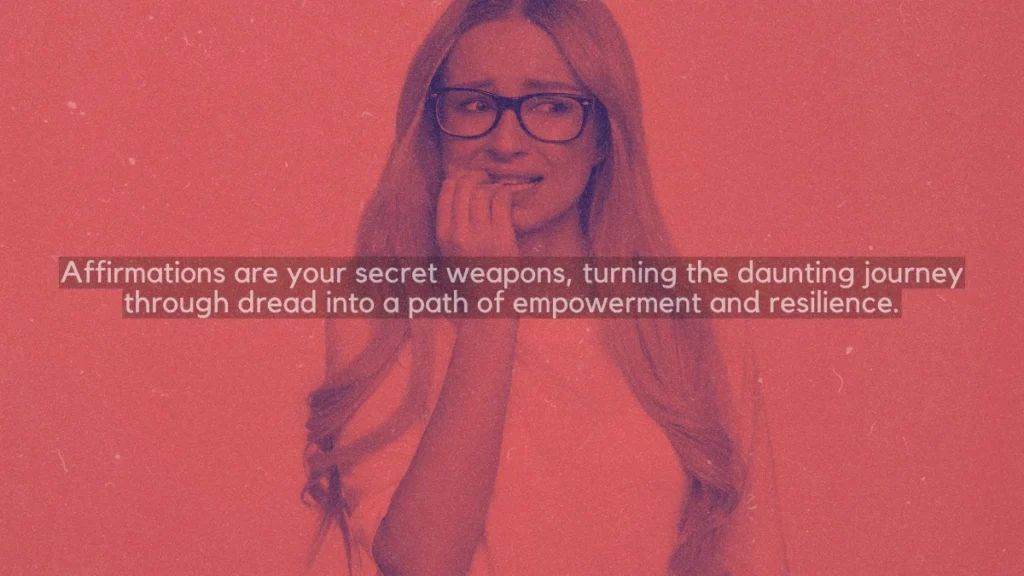
Picture this: You’re standing at the edge of a dense forest, the unknown sprawling before you, heart pounding with dread. Now, imagine holding a map filled with words of encouragement, guiding you through.
That’s the power of positive affirmations; they’re the compass points leading you out of the forest of fear.
Transform Fear into Courage: Like Amelia Earhart, who faced the vast, unpredictable skies with determination, affirmations transform the dread of what’s ahead into the courage to take the next step.
Shift Perspective: Consider how Viktor Frankl found hope and resilience in the direst circumstances. Positive affirmations can pivot your view from despair to purpose, highlighting paths in places where you saw dead ends.
Strengthen Resilience: Just as Malala Yousafzai stood up against daunting adversity, affirmations reinforce your inner strength, reminding you that you’re capable of facing and overcoming your fears.
In essence, using positive affirmations for dread isn’t about denying fear but about acknowledging it and choosing to walk forward with hope and courage.
They are your secret weapons, turning the daunting journey through dread into a path of empowerment and resilience.
100 Positive Affirmations For Dread
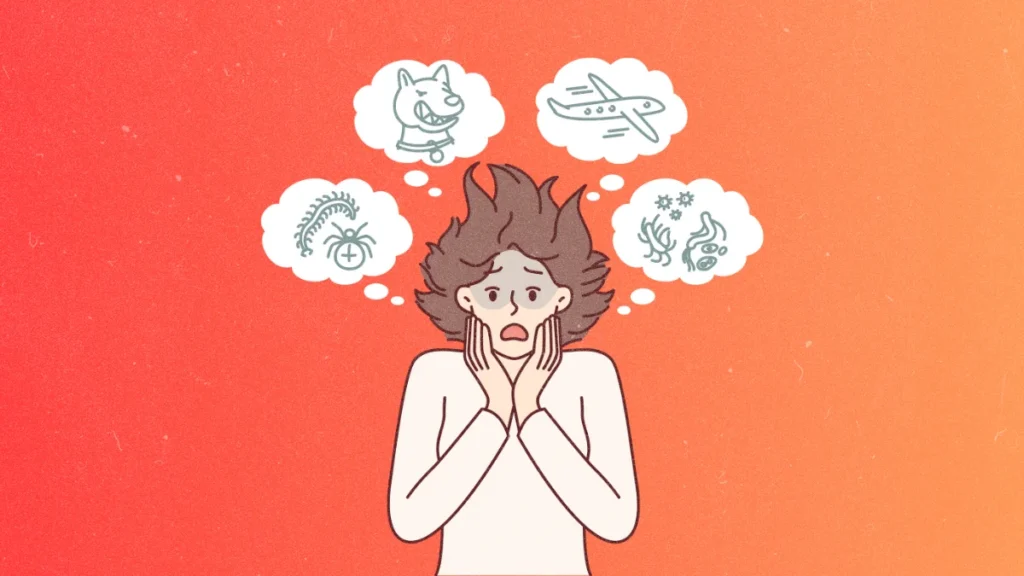
Dive into the world of “100 Positive Dread Affirmations,” your personal treasure trove for transforming fear into fearless steps forward.
Imagine each affirmation as a key, unlocking the chains of dread, inviting light into the shadows of your worries.
We’re not just talking about temporary fixes; we’re fostering a revolution in your mindset. Bookmark this page—your sanctuary of courage.
🔖 Commit to reciting these affirmations daily for 21 days.
Watch as the landscape of your inner world blossoms from a barren desert of dread to a flourishing garden of resilience.
Start your journey today, and let these affirmations guide you to a life where dread no longer dictates your path.
1. “I embrace my feelings of dread as a sign of my deep awareness and sensitivity.”
2. “My fear is a natural response that I acknowledge and respect.”
3. “I trust my ability to navigate through anxiety with grace.”
4. “I am not afraid to seek support from a therapist when I feel overwhelmed.”
5. “My journal is a safe space for me to express and understand my worries.”
6. “Every day, through meditation, I cultivate a peaceful mind and a relaxed body.”
7. “I give myself permission to take time for relaxation and exercise, knowing they are powerful antidotes to fatigue.”
8. “My practice of mindfulness transforms my dread into moments of enlightenment.”
9. “I trust the process of life and believe that time heals.”
10. “I acknowledge my panic but refuse to let it control my actions.”
11. “I honor my mind’s capacity to bring me to consciousness and awareness.”
12. “My body is a temple of strength, capable of facing any challenge, including dread.”
13. “I release all feelings of insecurity that arise from societal expectations.”
14. “My emotions are valid and provide valuable insights into my inner world.”
15. “I embrace the volatility of my feelings as a natural part of being human.”
16. “I choose to focus on the present, letting go of worry about the future.”
17. “Being joyful is a choice I make, even when I feel anxious.”
18. “I recognize when to avoid situations that trigger avoidant behavior in me.”
19. “My impulses are messages that I listen to with kindness and curiosity.”
20. “I give myself the space to experience all sensations without judgment.”
21. “I am committed to practicing patience and understanding with my own thoughts.”
22. “I let go of the tension that does not serve me.”
23. “Facing my dread is an act of courage that I celebrate.”
24. “I am learning to float through anxiety with ease and grace.”
25. “Letting go of avoidance brings me closer to my true self.”
26. “I trust my capacity to reflect on my behavior constructively.”
27. “Every moment of mindfulness adds to my strength and clarity.”
28. “I accept my thoughts without fear of judgment from myself or others.”
29. “My awareness of my mental state is a powerful tool for change.”
30. “I consciously choose actions that align with my desire for peace and well-being.”
31. “My connection with my inner self deepens through regular meditation practice.”
32. “I am not my anxiety; I am a person experiencing anxiety and learning from it.”
33. “I give myself time to process and understand my emotions deeply.”
34. “I am gentle with myself when feelings of dread arise.”
35. “Every breath I take is an opportunity for relaxation and renewal.”
36. “I cultivate a sense of security and trust within myself daily.”
37. “My commitment to exercise strengthens both my mind and body.”
38. “I am open to exploring new ways to manage my dread, including talking to a psychiatrist.”
39. “Accepting my feelings as they are creates a path to peace.”
40. “I am dedicated to creating a life that feels good on the inside, not just one that looks good on the outside.”
41. “My practice of letting go teaches me that I am not defined by my thoughts.”
42. “I embrace each day with an open heart, ready to face my fears.”
43. “My journey toward overcoming dread is filled with strength and self-discovery.”
44. “I am capable of navigating through life’s challenges with confidence and grace.”
45. “I welcome all of my emotions as guides towards deeper understanding and growth.”
46. “My consciousness is constantly expanding, allowing me to view dread in a new light.”
47. “I affirm that my well-being is a priority, deserving of time and attention.”
48. “My behavior is a reflection of my deep commitment to personal growth.”
49. “Feeling worried is a part of life, but it does not define my entire experience.”
50. “I choose to be joyful, recognizing that happiness is a journey, not a destination.”
51. “Facing my anxiety is an empowering step towards freedom and authenticity.”
52. “I am resilient, capable of bouncing back from feelings of dread with renewed vigor.”
53. “Every moment of mindfulness is a step away from anxiety and towards peace.”
54. “I trust in my ability to manage volatile emotions with intelligence and compassion.”
55. “My body responds to relaxation with gratitude, offering me calmness and clarity.”
56. “I am secure in my ability to face and accept whatever thoughts come my way.”
57. “Avoidance is not my path; I choose to meet my challenges head-on.”
58. “I give myself space to grow and learn from every experience of dread.”
59. “My inner world is a sanctuary of peace, regardless of external circumstances.”
60. “I am learning to release tension and embrace relaxation in every aspect of my life.”
61. “My journey includes moments of dread, but they do not overshadow my capacity for joy.”
62. “I am more than my anxious thoughts; I am a vessel of strength and love.”
63. “Avoidant impulses are acknowledged but not acted upon, as I choose presence over escape.”
64. “I allow myself the time and space to fully experience and then release my worries.”
65. “My practice of reflection brings me closer to understanding my true self.”
66. “I do not judge myself for feeling anxious; I offer myself compassion instead.”
67. “The sensations of dread are temporary; my resilience is everlasting.”
68. “I am committed to facing the future with hope and determination.”
69. “Every day, I cultivate a deeper sense of awareness and consciousness within myself.”
70. “I acknowledge my emotions without letting them control my actions.”
71. “My mind is a powerful ally in my journey towards healing and peace.”
72. “I trust that with time, the intensity of my dread will diminish.”
73. “I choose to focus on the present, where I can take actionable steps towards wellness.”
74. “Letting go of judgment frees me from the cycle of anxiety and avoidance.”
75. “I embrace a lifestyle that includes regular exercise, contributing to my mental health.”
76. “My relationship with my therapist is a safe space for exploring my deepest fears.”
77. “I practice mindfulness to stay connected to the present moment, reducing feelings of dread.”
78. “My inner strength is evident in my continuous effort to manage anxiety.”
79. “I affirm my worth daily, knowing that I am deserving of a life free from constant worry.”
80. “Facing and accepting my thoughts and feelings is a powerful step towards liberation.”
81. “I cherish moments of relaxation, recognizing them as essential for my well-being.”
82. “My dedication to personal growth shows in my approach to managing dread.”
83. “I am patient with myself as I navigate the complex emotions associated with anxiety.”
84. “My journey towards emotional resilience is paved with kindness and understanding.”
85. “I find joy in the small victories over my fears and insecurities.”
86. “My consciousness expands with each experience, allowing me to view life with new perspectives.”
87. “I allow myself to feel vulnerable, knowing that it leads to greater strength.”
88. “The practice of letting go teaches me to release worry and embrace peace.”
89. “I am confident in my ability to handle life’s uncertainties with grace.”
90. “I give myself permission to step back and reflect on my emotional state.”
91. “Embracing mindfulness practices enriches my life with peace and clarity.”
92. “I am a work in progress, and that’s perfectly okay.”
93. “My ability to remain aware in moments of anxiety is a testament to my strength.”
94. “I value and seek out moments of joy, understanding they are essential for balance.”
95. “Each day, I make the conscious choice to move beyond my fears.”
96. “I recognize and celebrate each step I take towards overcoming dread.”
97. “My mental and physical health are interconnected, and I nurture both with love.”
98. “I am open to the lessons that my feelings of dread are here to teach me.”
99. “Acknowledging my anxiety is the first step towards transforming it.”
100. “I am enveloped in a sense of peace and security, no matter what emotions arise.”
How to Use Positive Affirmations for Dread?
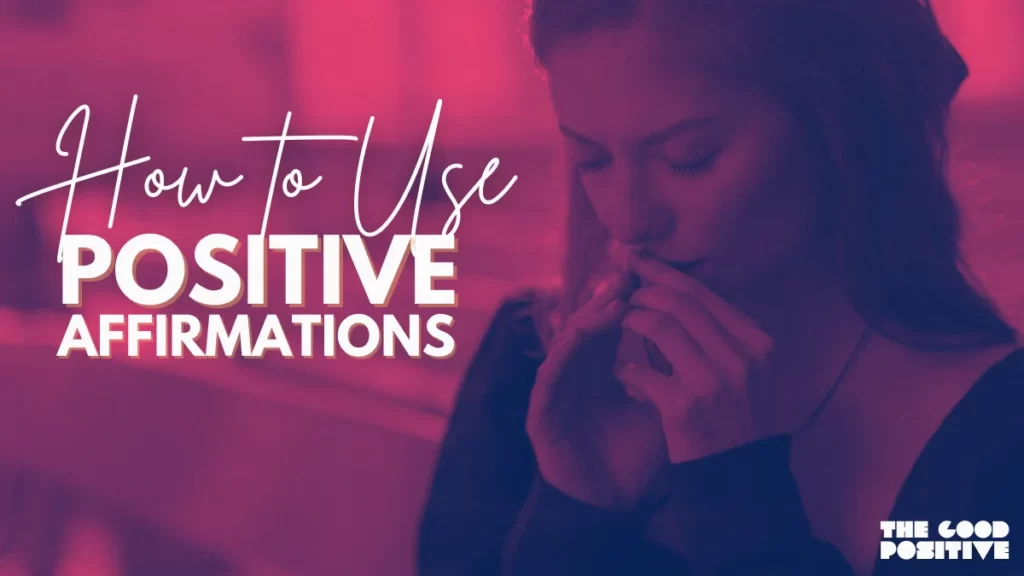
Embarking on a journey through a forest of uncertainty, let’s illuminate the path with the glowing lanterns of positive affirmations. They’re spells you cast to transform dread into daring courage.
Here’s how to wield this magic in five simple steps:
1. Identify Your Dread: Begin by acknowledging the shadowy figures of fear. Is it speaking in public or the thought of failure? Naming your dread is the first step towards disarming it.
2. Craft Your Affirmation: Like a tailor fashioning a bespoke suit, tailor your affirmations to fit your fears snugly. They should be personal, positive, and present tense, as if the reality you wish to live is already unfolding.
3. Create a Ritual: Dedicate a moment of your day to repeat these affirmations. Morning whispers or night-time reflections, let this become your daily ritual.
4. Visualize Success: As you recite your affirmations, paint the canvas of your mind with the colors of success. Imagine overcoming your dread, basking in the warmth of victory.
5. Embrace Patience: Transformation is a journey, not a sprint. Embrace patience, and trust the process. The seeds of today’s affirmations are the blossoms of tomorrow’s courage.
How to Write Affirmations for Dread?
Penning down affirmations for dread isn’t about creating a shield against fear but crafting a sword to cut through it. Keep them:
- Personal: Speak to yourself, about yourself, and for yourself.
- Positive: Focus on what you want to feel, not what you wish to avoid.
- Present: Affirm as if you’re already embodying the courage and strength you seek.
Remember, the power of affirmations lies in their repetition and belief. By turning your fears into affirmations, you’re not just wishing for a change; you’re setting the foundations for a new reality.
FAQ’s
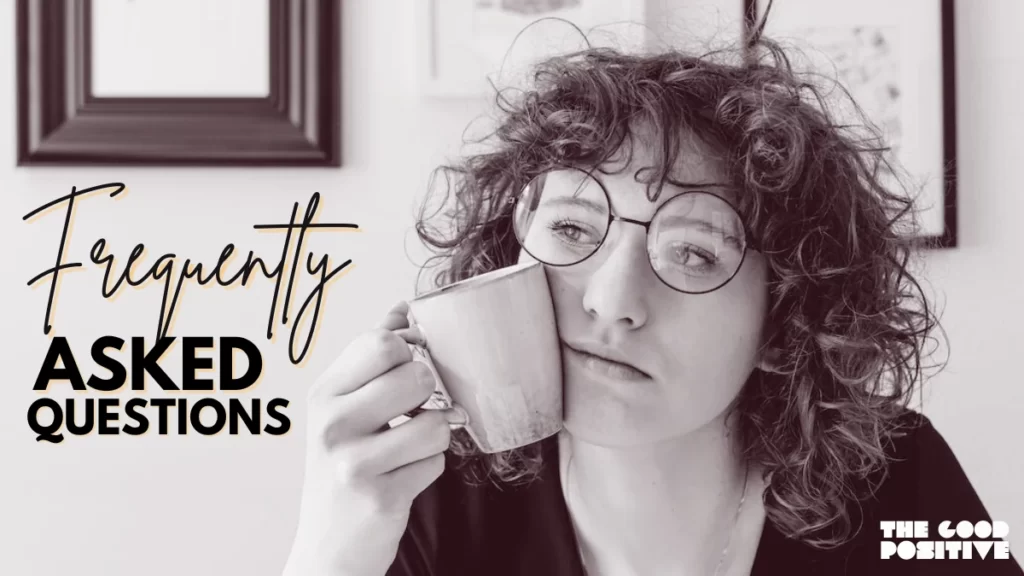
-
What are positive affirmations for anxiety?
Positive affirmations for anxiety are empowering statements aimed at challenging and undermining anxious thoughts. By repeating these affirmations, you remind yourself of your strength, resilience, and capacity to navigate through anxious moments, effectively rewriting your mental script to foster a sense of peace and control.
-
How do you manifest no anxiety?
Manifesting no anxiety involves a mix of positive affirmations, mindfulness practices, and a healthy lifestyle. Start by envisioning a calm and peaceful existence for yourself, using affirmations to solidify this vision. Practice being present and take actionable steps towards reducing stress, such as regular exercise and meditation.
-
What are some affirmations for someone who is struggling?
For someone struggling, affirmations like “I am capable of navigating through tough times,” “I am stronger than my challenges,” and “Each step I take is one towards healing and strength” can be profoundly comforting. These words aim to instill hope and resilience, reminding the person of their inner power.
-
Can positive affirmations backfire?
Yes, if not used thoughtfully, positive affirmations can feel disingenuous and may lead to frustration. The key is to choose affirmations that resonate with you personally and reflect realistic, attainable aspirations. This ensures they reinforce your self-esteem rather than highlight discrepancies between your current state and your goals.
-
How can positive affirmations help overcome feelings of dread?
Positive affirmations can be a beacon of light in the fog of dread. They work by gradually shifting your focus from overwhelming fear to the strength and stability within you, enabling a sense of control over your emotions. Affirmations encourage a gentle but powerful reclamation of your mental space from dread to determination.
-
What are the best affirmations to use for combating anxiety and dread?
Effective affirmations for combating anxiety and dread include: “I am in control of my breathing and calm my mind,” “I choose to feel peaceful and calm,” “Every breath I take fills me with tranquility,” and “I am stronger than my anxiety.” These affirmations are potent reminders that you have the power to influence your emotional state and manage anxiety.
-
Can reciting affirmations daily really reduce my sense of fear and apprehension?
Absolutely! Daily recitation of affirmations can gradually rewire your thought patterns, reducing fear and apprehension. It’s like planting seeds of positivity that, over time, grow into a garden of inner peace and resilience. Consistency is key to nurturing this transformative process.
-
Are there specific positive affirmations that target deep-seated fears?
Yes, there are. Affirmations like “I face my fears with courage and open-heartedness” and “I release my past fears and live in the present moment” directly address and dismantle deep-seated fears, offering a pathway to healing and empowerment from within.
-
How often should I repeat affirmations to effectively manage my dread?
For affirmations to take root and effectively manage dread, aim to repeat them at least twice a day—once in the morning to set a positive tone and once at night to reflect and calm the mind. The more frequently you affirm your strength and resilience, the stronger the impact.
-
In what ways do affirmations influence our feelings of anxiety and unease?
Affirmations act on feelings of anxiety and unease by shifting the narrative from one of vulnerability to one of strength and self-assurance. This mental shift reduces the power of anxious thoughts, promoting a sense of calm and control over one’s emotional state.
-
Can positive affirmations help in dealing with panic attacks and intense worry?
Yes, they can. Positive affirmations serve as a grounding technique during panic attacks, redirecting your focus from intense worry to calming thoughts. They remind you of your strength and capability to move through the moment, providing a psychological anchor amidst the storm.
-
What’s the process for creating personalized affirmations to address my fears?
Creating personalized affirmations starts with identifying your specific fears and the negative beliefs behind them. Transform these into positive, empowering statements that resonate with your personal experiences and aspirations. Ensure they are in the present tense, as if you’re already experiencing the strength and peace you seek. This personal touch makes them more effective and meaningful to your journey.
-
How long does it take to see the effects of using affirmations on my dread?
The timeline can vary, but many people start to notice subtle shifts in their mindset within a few weeks of consistent practice. Remember, the key is regularity and belief in the process; transformations in deep-seated feelings like dread may unfold gradually.
-
Are there any studies that support the use of affirmations for reducing anxiety?
Yes, numerous psychological studies have indicated that positive affirmations can effectively reduce stress and anxiety, improve self-esteem, and even alter neural pathways related to positive self-view and long-term well-being. They act as a tool for self-regulation and psychological health.
-
What are short positive affirmations for anxiety?
“I am calm and mindful.”
“I control my breath; I control my peace.”
“Anxiety passes; I remain.”
“I am bigger than my anxiety.” -
What are positive affirmations when feeling down?
“I allow myself to feel and then let go.”
“My happiness is within, not without.”
“This moment of sadness is temporary.”
“I am deserving of joy and peace.” -
What are positive affirmations for depression and anxiety?
“I am not defined by my depression or anxiety.”
“I choose to find beauty in my journey.”
“Healing is possible, and I am worthy of it.”
“I have the strength to move beyond my struggles.” -
What are positive affirmations for stress and anxiety?
“Stress is not my master; I am calm amid chaos.”
“I release worry and embrace peace.”
“Each breath in is strength, each breath out is release.”
“I am resilient, capable of handling pressure gracefully.” -
What are positive affirmations to help with depression?
“I am a beacon of light in the darkness.”
“My challenges do not define my worth.”
“Step by step, I walk towards healing and joy.”
“I am surrounded by love, even when I don’t see it.”
Conclusion
And there you have it, your very own spellbook of positive affirmations for dread, crafted with love and care to guide you through the shadows and into the light.
Remember, every hero in every story faces their own dragons of dread, armed with nothing but their courage and a few magic words.
This article isn’t just words on a screen; it’s a hand extended in friendship, offering you the tools to write your own story of triumph.
Why is it life-changing? Because once you learn to whisper these affirmations into the wind, you’ll realize the strength was in you all along.
So, wear a smile, brave adventurer, for the journey ahead is bright, and you are its creator. 💪✨
Affirm More: Positive Affirmations for Early Pregnancy.

Aldvin is the proud owner of “thegoodpositive.com.” A passionate writer and supporter of body positivity. Advocate of plus-size fashion. He’s mission is to curate the latest trends and timeless fashion for plus size women. He wants to inspire confidence and creativity through fashion, helping curvy women express their unique personalities with every outfit.

